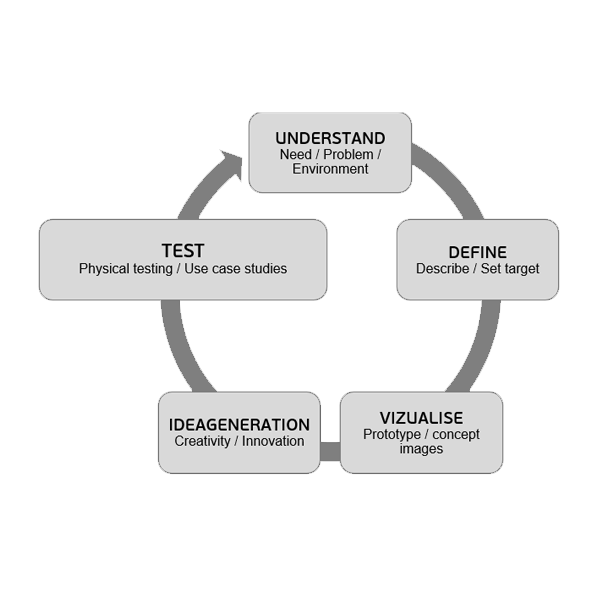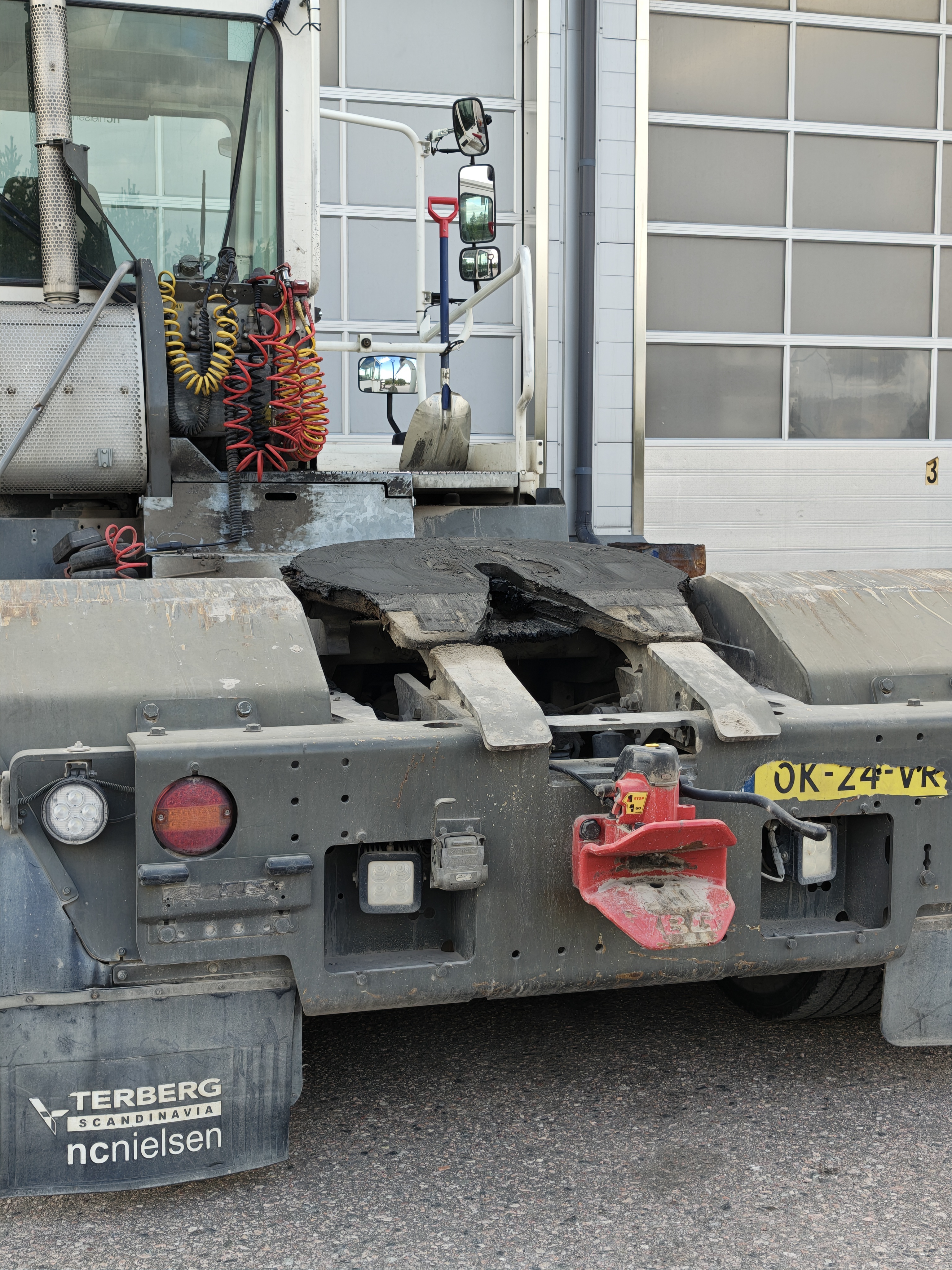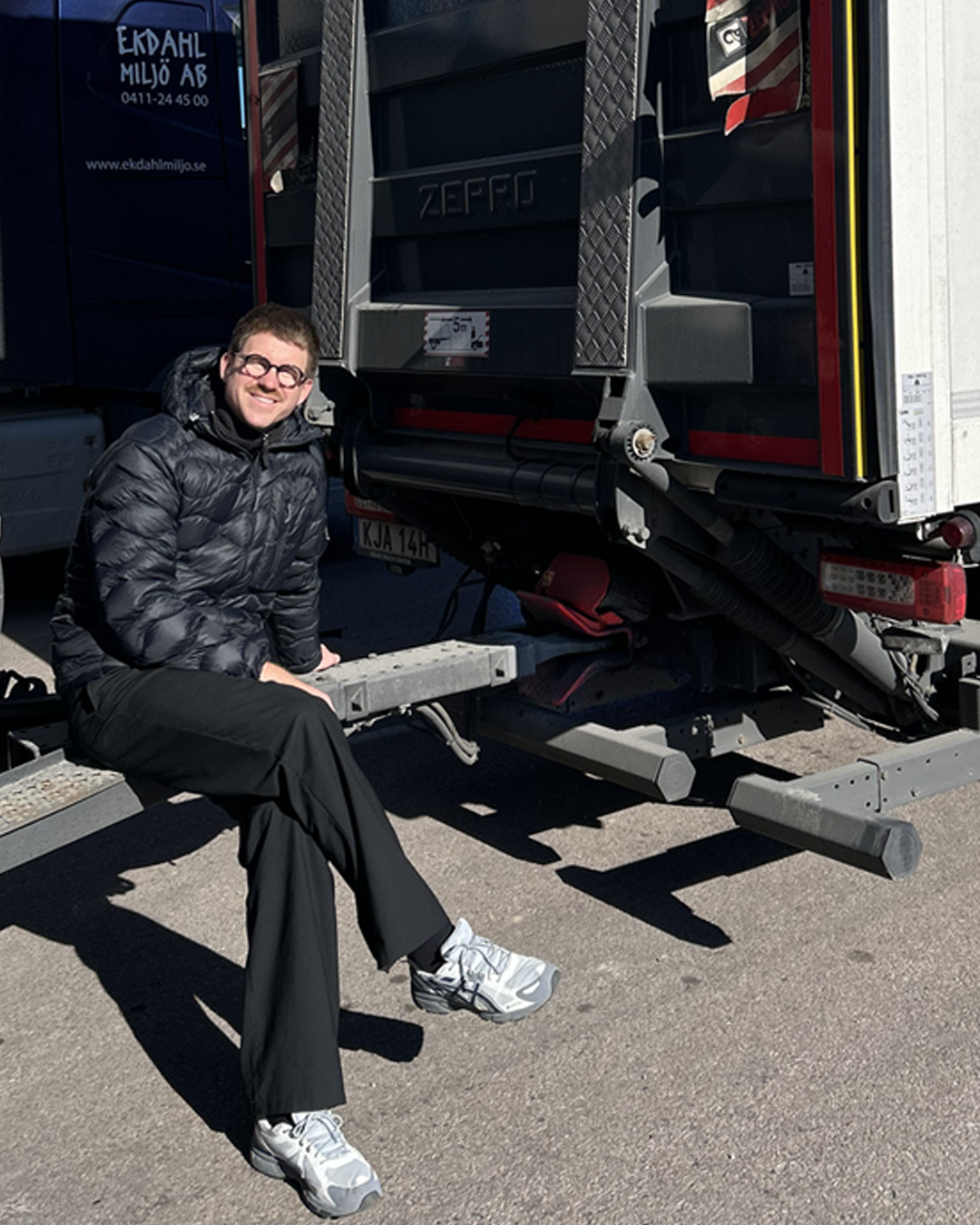Does design really affect hauliers’ profitability?
How do you achieve the right function and form of a product? And ensure that it meets the needs of the customer? How important is design? Design can mean different things depending on whom you ask. VBG uses design as a working method, and the method helps us achieve the right function and form. Product design is so much more than just appearance.
The design behind VBG’s products
At VBG we strive to work with design, and our goal is to develop products with our customers’ needs in focus. These are products that are carefully considered in terms of their function, safety, durability, and ergonomics. If these products are also superficially appealing, we have achieved our goal and created a good design!
A common perception is that design is only about a product’s appearance, colour, and shape. Design is a way of working and a way of thinking.
When someone says that a product has a ‘stylish design’, what they are actually describing is the result of a successful and considered approach to design, rather than the product’s appearance. I would like to share the benefits of working and thinking like a designer.
Methodical design work for optimal legal compliance and functionality for drivers
Design is a working method and a tool for developing solutions with the user’s needs in focus. This working method can be used to develop products, services, environments, etc. The aim is to identify the right problem to solve and then develop the best solution to the problem.
This design method comprises different phases.

Understand the user to design the right product
The first and most important phase is to understand.
In a more traditional approach to product development, you start from a given problem, analyse, and collect facts about the problem, and then develop a solution.
In product development with design as a method, you instead spend a lot of time trying to understand the problem. You put the user in focus and familiarise yourself with their environment, needs, and problems. Not infrequently, the work can make it necessary to reframe the original problem.
A chair that should be a hammock...
We can provide an example – the task of designing a new chair. With a more traditional way of working, we may start by investigating what other chairs are available on the market. We move on and determine the dimensions, make material choices, and perform strength calculations for the chair. In the end, a good chair is produced, with good quality that meets all technical requirements.
But when we work in this way, there is always the risk that we develop an unnecessary or defective product that does not meet the user’s needs.
What if we now work according to the design method instead, with the user’s needs in focus? Well, we start by dedicating a lot of time to understanding the user’s environment, problems, and challenges. We then understand that the user is in fact asking for a seat. But this seat should preferably have space for several people and should also be able to swing. A chair does not meet these requirements at all. Instead, a hammock would be a better option.
By understanding and starting from the user’s needs, you have identified the real problem that needs to be solved. This reduces the risk of costly and late changes to a project and leads to a better end product for the user.
VBG Driver Assist is a clear example of how this way of working can create good opportunities to find solutions to the user’s challenges. In this case, the haulage company’s daily risk areas were long downtimes and high costs. We first started with an innovation phase where customers from different countries were interviewed about issues related to transport safety, with particular focus on coupling equipment. During the course of the work, it became clear that there was no good solution for jackknife warning. This marked the start of a new development project carried out in close cooperation with our field test drivers. They tested the functions for both Jackknife Warning and Coupling Guidance over a long period of time, and VBG Driver Assist, which includes these two auxiliary functions, has proven to be effective in reducing costs and downtime.
Optimal design for truck drivers
Once you have understood the problem, you can move on to the subsequent phases to find the best solution. You formulate functions that the product should offer and generate ideas, which are further developed into concept proposals and then tested. As you learn more during the process, you may need to redo the phases of the design process several times – or jump between them.
The design method offers many useful tools for generating ideas that encourage openness, creativity, and innovation. An open and creative climate and testing new concepts are things that characterise design work.
After the work in all phases is completed and you are satisfied with the concept that has been developed, you can begin further developing the concept into a finished product, ready for production and launch on the market.
At VBG, we also work extensively with field test drivers to verify development and design together with users. This is an exciting and important part of development work, and it gives truck drivers or owners the opportunity to express their views and thoughts on improvement opportunities as well as their positive reactions that confirm the development work.
Recommended reading

Field tested reliability - VBG shunting coupling at Raskaspari Trailer Service Oy

People First, Technology at Their Backs – Future-Proofing the Transportation Industry

